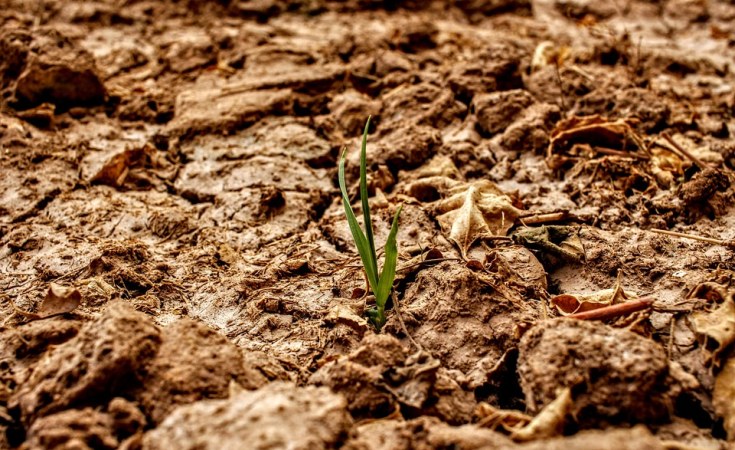Southern Africa is grappling with a severe drought caused by the El Niño weather phenomenon, impacting an estimated 17 of the population within the Southern African Development Community (SADC).
The drought, which began earlier this year, has devastated crops and livestock, leaving the once food-rich region facing widespread hunger.
Elisa Magosi, the SADC Executive Secretary, has called for urgent humanitarian assistance, reporting that 68 million people across the region are now at risk of hunger.
The crisis is particularly acute in countries like Malawi, Zambia, and Zimbabwe, which have traditionally supplied food, especially maize, to East Africa.
Zambia, previously a key maize exporter, is now dealing with a significant deficit exacerbated by the drought.
The country is seeking to import at least 500,000 tonnes of maize from Uganda to mitigate the shortfall.
The prolonged dry spell has severely affected maize production in 84 of Zambia's 116 districts, with a national vulnerability assessment projecting that over two million people faced food insecurity from October 2023 to March 2024.
Kenya, which has historically relied on maize imports from Zambia and Zimbabwe to offset local shortages, is also stepping in to aid the crisis.
During an official visit to Zimbabwe in May, President William Ruto pledged $1 million worth of maize to support Harare's drought relief efforts.
Zambia, the second-largest maize producer in Southern Africa after South Africa, declared a national disaster in response to the drought.
The ongoing dry conditions have severely impacted crop and livestock production, leading to food shortages and straining an economy heavily dependent on agriculture.
The situation prompted SADC heads of state to convene in Harare recently, where food security dominated the agenda as the region seeks solutions to the escalating crisis.


